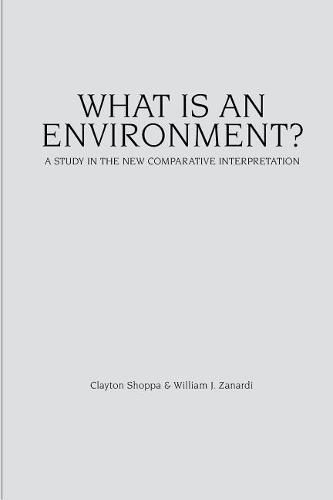Readings Newsletter
Become a Readings Member to make your shopping experience even easier.
Sign in or sign up for free!
You’re not far away from qualifying for FREE standard shipping within Australia
You’ve qualified for FREE standard shipping within Australia
The cart is loading…






This is the third in a series of volumes introducing and applying the New Comparative Interpretation to contemporary intellectual puzzles. The difficult question for this book is how we are to understand the environment. The authors investigate the varied uses of the term in art history, ecology, the environmental movement, the relatively recent specialty of environmental history and even the neuroscience of perception. The promise of the New Comparative Interpretation is that it can diagnose some differences in viewpoints, offer a developmental sequencing of them and so indicate how to evade current intellectual impasses. This volume concludes with a developmental ordering of the varied ways in which scholars and scientists have understood the environment. In pushing for a more comprehensive understanding, we leave behind earlier views according to which the environment is the background landscape, the bounded space, even the earth as a living whole containing organisms and ecosystems.
$9.00 standard shipping within Australia
FREE standard shipping within Australia for orders over $100.00
Express & International shipping calculated at checkout
This is the third in a series of volumes introducing and applying the New Comparative Interpretation to contemporary intellectual puzzles. The difficult question for this book is how we are to understand the environment. The authors investigate the varied uses of the term in art history, ecology, the environmental movement, the relatively recent specialty of environmental history and even the neuroscience of perception. The promise of the New Comparative Interpretation is that it can diagnose some differences in viewpoints, offer a developmental sequencing of them and so indicate how to evade current intellectual impasses. This volume concludes with a developmental ordering of the varied ways in which scholars and scientists have understood the environment. In pushing for a more comprehensive understanding, we leave behind earlier views according to which the environment is the background landscape, the bounded space, even the earth as a living whole containing organisms and ecosystems.